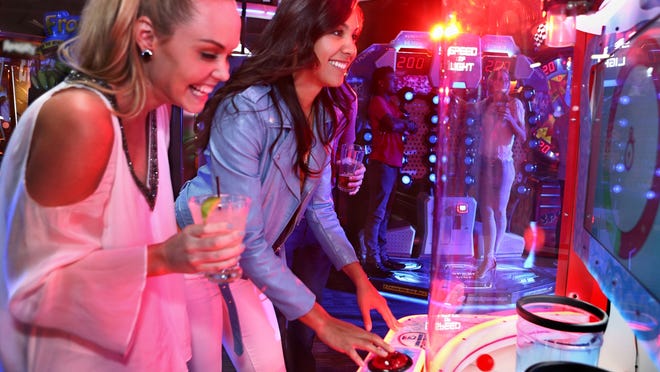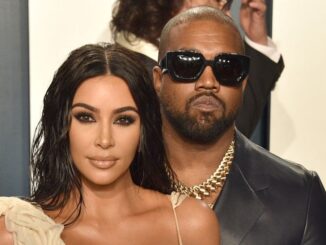
Casual dining chains were already facing challenges before COVID-19, hurt by the rise of fast-casual competition and increased food costs.
Now, several of the largest restaurant companies in the U.S. are struggling with capacity restrictions on indoor dining and attempting to lure customers with takeout in a bid to avoid financial disaster.
The owners of chains like Outback Steakhouse, Applebee’s and The Cheesecake Factory are on a newly updated list of national restaurants that are facing the highest likelihood of not paying back their debts. When companies default on loans, they are often forced to file for bankruptcy protection, close locations or occasionally liquidate.
One chain, California Pizza Kitchen, has already filed for Chapter 11 bankruptcy protection, with plans to close some locations.
While the nation’s largest publicly traded restaurants face a less than 1 in 5 chance of defaulting in the next year, according to the new report by S&P Global Market Intelligence, they remain in perilous terrain.
Analysts are particularly concerned about the coming winter, which will eliminate outdoor seating options for many restaurants, and the demise of the extra $600 in unemployment benefits that had been available for jobless Americans. Congress is debating whether to extend those benefits.
“The odds that the largest publicly traded U.S. restaurants will default fell in recent months as states allowed businesses closed by the coronavirus pandemic to reopen,” S&P says in the new report. “But the ongoing financial hits from the virus and uncertainty over whether laid-off consumers will receive expanded unemployment benefits continue to pressure the industry as more companies enter bankruptcy.”
Sales at restaurants and bars fell 26% in June, compared with a year earlier, according to S&P.
But some are faring better than others.
In contrast to sit-down chains, publicly traded fast-food companies are holding up well, in large part because of robust drive-thru offerings. For example, McDonald’s has a less than 1 in 200 chance of defaulting, according to S&P.
Here are the six largest publicly traded restaurant chains that are most likely to default:
Dave & Buster’s
This chain, which relies heavily on its reputation as an entertainment venue in addition to its food offerings, has a 16.1% chance of defaulting in the next year, according to S&P. It has the worst credit rating among the nation’s largest restaurant companies.
Dave & Buster’s recorded a net loss of $43.5 million for the quarter ended in early May. But the company has taken steps to raise money, including securing new investment financing, that have significantly improved its chances of surviving without defaulting, according to S&P.
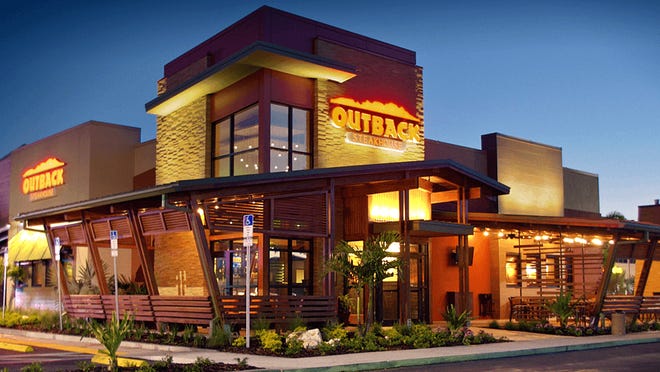
Outback Steakhouse
This chain, whose famous Bloomin’ Onion item shares a first name with the restaurant’s parent company, faces a 13.2% chance of defaulting.
The company said in a July 24 statement that comparable restaurant sales at locations that are allowing indoor dining fell 10.7% for the week that ended July 19, versus a year earlier.
But the company said it was moving in the right direction, with more than $500 million dollars in liquidity on hand to weather the storm.
“Across our U.S. portfolio, we experienced consistent weekly sales momentum throughout the second quarter as we adapted to this evolving environment. This improved sales recovery, coupled with disciplined cost management, enabled us to generate positive cash flow for the month of June,” the chain said in the statement.
“In addition, Bloomin’ Brands is generating positive cash flow as dining rooms have reopened, and are well positioned in the unlikely event of a return to take-out and delivery only company-wide,” Cathie Koch, the company’s group vice president of corporate affairs, said in an email. “While dining rooms were closed, Bloomin’ Brands did not layoff or furlough any employee and provided relief pay. When dining rooms reopened, they had staff ready to return.”
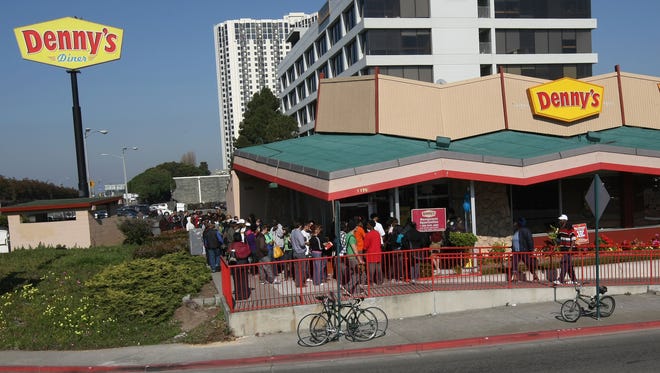
Denny’s
Known for its all-day breakfast, Denny’s faces an 11.9% chance of defaulting.
Denny’s sales had been improving in June, but its year-over-year sales decline worsened in July, according to the company’s most recent earnings report. Sales for the week that ended July 22 were down 41%, compared with a year earlier.
But CEO John Miller said in a July 28 statement that “we believe we are well-positioned to effectively navigate further impacts of the pandemic while preparing for eventual and future growth.”
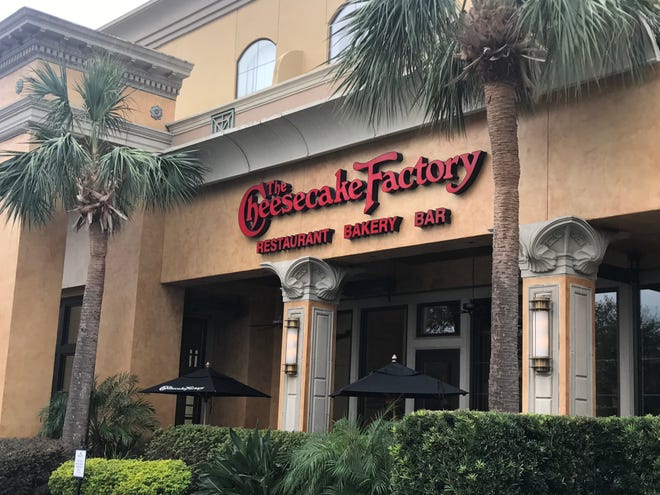
The Cheesecake Factory
Having already failed to make rent payments on time in the spring, The Cheesecake Factory has been facing financial troubles since the start of the crisis. On the other hand, experts say the company’s decision not to pay rent on time might have been a negotiating tactic with landlords.
Still, the company faces an 11.7% chance of defaulting on its debts, according to S&P.
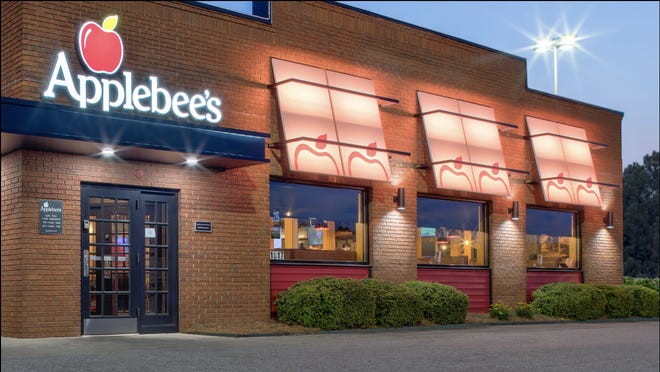
Applebee’s and IHOP
Dine Brands Global, which owns both chains, has an 11.3% chance of defaulting. The company’s IHOP chain is faring worse than Applebee’s.
In the month leading up to July 26, sales at Applebee’s locations fell 18.4%, compared with a year earlier, while sales at IHOP declined 37.6%.
“We’ve demonstrated the ability to manage our business during a challenging second quarter, and our restaurants proved their tremendous resiliency in meeting the convenience and safety needs of our guests,” Dine Brands CEO Steve Joyce said in a statement. “We remain optimistic about the overall marked improvement in industry sales and traffic data since April, and are confident in our long-term strategy and ability to quickly adapt to the ever-changing industry landscape.”
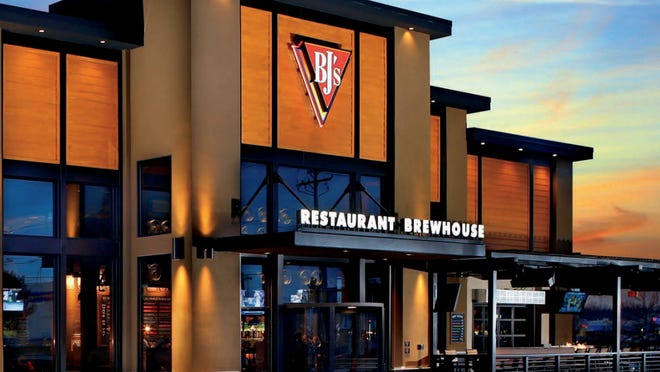
BJ’s Restaurants
BJ’s Restaurants, known for its pizza and beer, has a 9.3% chance of defaulting.
Like Denny’s, the situation at BJ’s deteriorated from June to July. The company was hurt by California’s decision to shut down indoor dining again. The company said its late July sales were down about 40% from a year earlier, compared with a decline of about 30% in June.

You can check out the latest casting calls and Entertainment News by clicking: Click Here
Click the logo below to go to the Home Page of the Website
Click the logo below to follow ETInside on Twitter
Click the logo below to follow ETInside on Facebook
Click the logo below to follow ETInside on Instagram
Click the logo below to follow ETInside on Pinterest
Click the logo below to follow ETInside on Medium

